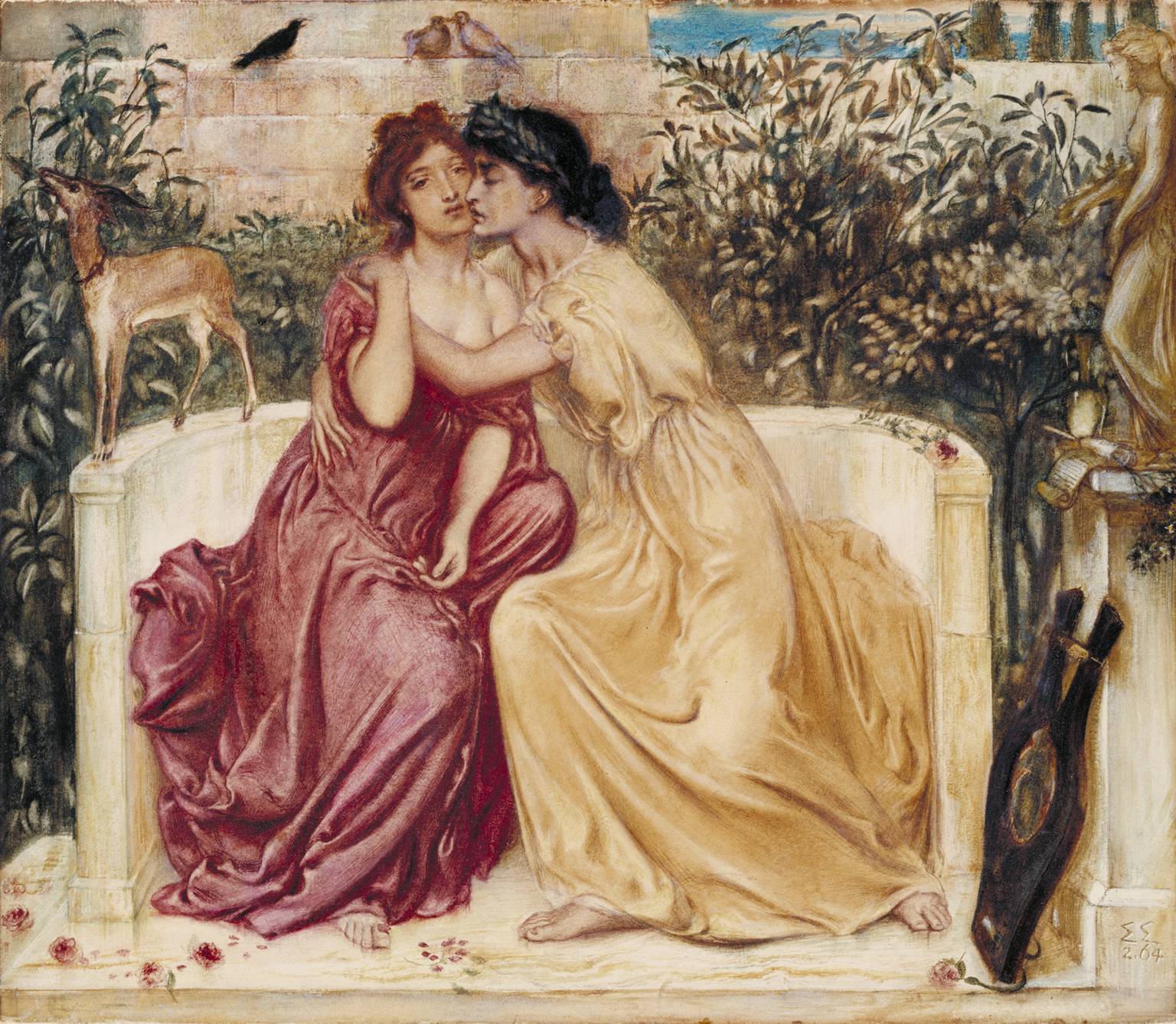Is it better to speak or to die? How queer subtext ensured literary survival
With the rapid growth in the demand for LGBTQIA+ representation in media, it is no wonder that the literary landscape has produced some of the most beautifully tragic and heartwarming stories of the twentieth century.
Nevertheless, how many times have you as a reader found yourself wondering at the cluelessness of two resoundingly queer coded characters? Have there been occasions where you have wanted to despair at two beautifully developed women dropping everything for a mediocrely written man? And how many declarations of loyalty have been written whilst the ‘brothers in arms’ stare lovingly at one another, though exposition stresses their relationship as strictly platonic. Unfortunately, the answer lies in appealing to historic legislative measures acting against the LGBTQIA+ community and mass market publishing, which leaves authors (unintentionally, or not) resorting to heavily implied subtext in place of canonical representation and outright gay characters. However, like many acts of reclamation, the Queer community has mastered the art of implication and the unsaid. Here are just a few of our favourite literary examples, the genres in which they have flourished, and in examining the wider implied messages, why subtext works so well.
One of the reasons subtext works so well personally is that alongside the heart wrenching angst that is created, the level of yearning that is so central to the Queer community becomes amplified in texts that cannot explicitly state those very feelings. Take the classics, for example. Shirley Jackson wrote the 1959 novel The Haunting of Hill House, setting the foundation for a psychological novel of guilt and paranoia with sapphic undertones that become as corrosive as they are romantic. The relationship between Eleanor Vance and Theodora, along with the forgone conclusion of an unresolved lesbian existence, narratively propels the novel through not only the ghostly manifestations of the house, but an expression of the haunting of isolation, the loneliness and the expression of losing of one’s identity and one’s mind to the uncanny and subversive. The queer-coded relationship serves the readers an expression of lesbian gothic which only doubles the tragedy – in a non-normative society not only is Eleanor pulled into the violence of a sentient house, but her suicide reads as an attachment to the house and despair at an outside world which not only rejects her naivety as a personal fault, but additionally rejects her nonconformity to heteronormative standards.
It may be hard to appreciate the subtlety that subtext has to offer for those who grew up in an era of blatant representation … but to those who pioneered the way for LGBTQ+ literature, there is a delicacy and elegance to how authors went around censorship
Another queer reading of a timeless American tragedy would be F. Scott Fitzgerald’s The Great Gatsby – our beloved unreliable narrator Nick Carraway describes the decadence of the Roaring Twenties with a grim exploration of the broken reality of the ‘American Dream’. As an A-Level text for so many students across the country, this text remains near and dear to my heart, and the queer subtext even more so! The progression of Nick’s reluctant fondness for Gatsby is beautifully written. During his lifetime, Fitzgerald’s own sexuality was a subject of debate. He was seen cross-dressed during outings in Minnesota, and years later, in the drafting of The Great Gatsby, rumours that he was gay followed him among the American expat community in Paris. Speculation aside, a common motif in the novel is Nick’s fascination with the power of Gatsby’s smile, take this for example: “First he nodded politely, and then his face broke into that radiant and understanding smile, as if we’d been in ecstatic cahoots on that fact all the time.” The description is so lyrical that meta-textually, the subtext portrays an intimacy that could not be manufactured otherwise. I mean, at this point in the novel, Nick is running out of ways to describe Gatsby’s smile as radiant, and it’s wonderful to read.
It may be hard to appreciate the subtlety that subtext has to offer for those who grew up in an era of blatant representation (especially without the nostalgia to back the parts that didn’t age terribly well), but to those who pioneered the way for LGBTQIA+ literature, there is a delicacy and elegance to how authors got around censorship. One of the undermentioned genres that has encouraged a subtextual gay presence has been the comic book genre. Superheroes have always had uniquely queer coded elements to them, since living double lives, having secret identities, and the idea of ‘unmasking’ are very much analogous to the identity management that closeted gay communities deal with. As a result, comic book characters have been well beloved by queer fandoms. They also tend to look fabulous in spandex and dramatic cloaks, which helps. With comics inherently rewriting the relationship between image and text, what cannot be said can be explored through what is seen on the page. From subtle choices like Wonder Woman’s lack of love interest in her early days as well as X-Men‘s continuous themes of found family, mutants developing around puberty, governmental control and tracking, and the routinely adverse reactions from parents (including kicking them out of the house) allowed a burgeoning history to develop in the ‘50s as a uniquely queer-friendly media. It’s this very subtext that developed into the direct social messages prevalent in comics. Hulk Issue 420, for example, has a thought-provoking take on the AIDS epidemic – a definite push for non-queer folk to seriously consider the issue.
To conclude, in reading classic historical LGBTQIA+ relationships that allow an understanding of relationships that were undoubtedly present in real time, and in genres that tackle subjects like fundamental justice and righteousness, subtext should be appreciated as the complex tool it was. When not mistaken as queerbait, the potential for reading in between the lines has and will always be essential to the gay community.

Comments